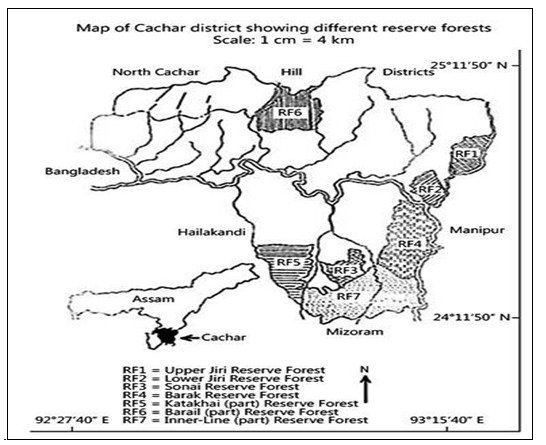Forest Conservation without Conservancy: A Study on the Cachar Reserve Forest and its Disforestation
Keywords:
Cachar, Reserve Forests, Demography, Tea Labourer, Wasteland, Transformation, Disforestation.Abstract
The British began forest conservation in Cachar in 1870 with the goal of protecting the forest from free felling. Some forests were designated as reserve forests as part of this procedure. The goal of this research is to look at how forest conservation was utilized by the British in colonial Cachar to help them manage the region's economy. It focuses on the reserve forest policy in the region, as well as agricultural expansion and plantation strategy. Reserve forest was the term given to a portion of forest land that was separated from the district's wasteland. The purpose of this paper is to trace the history of forest management prior to the implementation of reserve forest policy. It seeks to figure out why colonial forest administration was maintained to a bare minimum in Cachar, and how the growth of agriculture hampered forest protection in the region. The paper attempt to exemplify how forest area in Cachar is being converted to culturable land. The aim of this paper is to show how the Reserve Forest was introduced as one of the mechanisms to help tea planters in the region. In addition, the paper attempts to reveal the demographic changes which resulted to the disforestation of the District reserve forests.
Downloads

Published
How to Cite
Issue
Section
Copyright (c) 2022 Authors

This work is licensed under a Creative Commons Attribution-NonCommercial 4.0 International License.




